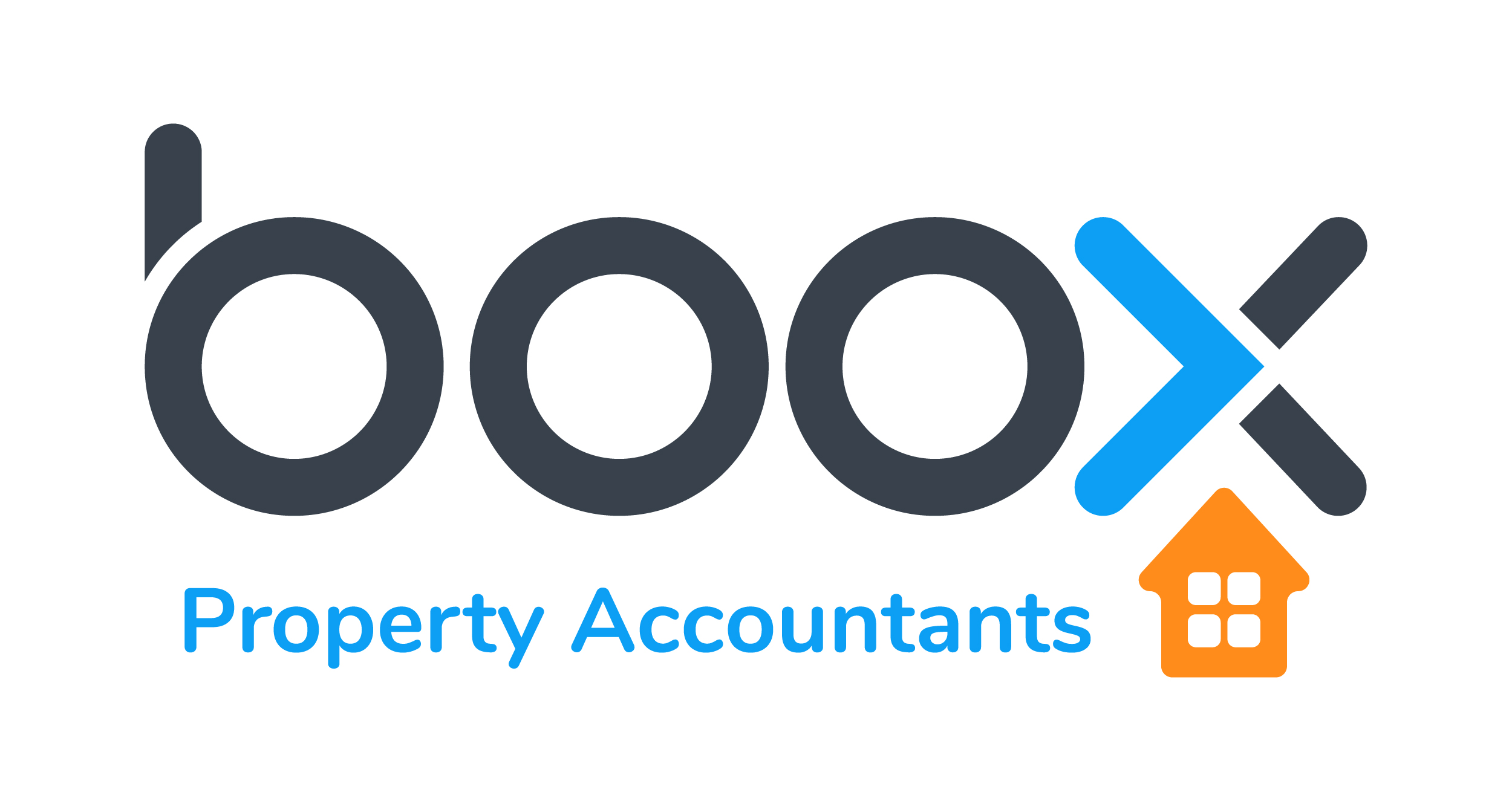As staycations become increasingly popular, it’s unsurprising that more and more landlords are contemplating furnished holiday lets over residential buy-to-let. If your property is located in a holiday region, a consideration will inevitably be whether to let it as a holiday home, or on a longer-term basis.
As well as differing rental income profiles, there are tax differences to consider before making a decision. If your property meets the criteria, there are benefits to furnished holiday lettings which can make your rental business more profitable…
What is a furnished holiday let?
A Furnished Holiday Let (FHL) is a type of rental property that only allows a tenant to occupy a fully-furnished property that is self-catering for a limited period of time.
What properties count as furnished holiday lets?
In order for a property to qualify, it must be:
- Located in the United Kingdom, or in a country within the European Economic Area (EEA).
- Let furnished (the furniture provided must be sufficient for normal occupation).
- Commercially let (if the property is let off-season to cover costs but doesn’t make a profit it is still treated as commercial).
- Pass various tests, referred to as ‘occupancy conditions’.
Occupancy Conditions for FHL Qualification
As mentioned, if you want your property to be treated as a furnished holiday letting there are three occupancy tests it must pass.
The Pattern of Occupation Condition
A let will not count as a furnished holiday letting if it is rented out for a period that exceeds 31 days at a time. The total timeframe of all lettings should not be more than 155 days in the tax year.
The Availability Condition
The property must be available for commercial letting as furnished holiday accommodation for at least 210 days in the tax year.
The Letting Condition
The property must be let for at least 105 days (15 weeks) each year. Homeowners are required to evidence the income from these lettings, and longer lets of more than 31 days are excluded (unless the let extends beyond 31 days due to unforeseen circumstances).
If the property fails the letting condition, there are two concessionary routes by which the property may qualify – by making an averaging election or a period of grace election, which can be used together.
- Averaging Election
If you let more than one property as a furnished holiday let, and one property doesn’t meet the letting condition, you can elect to apply the condition to the average rate of occupancy for all of your FHL properties.
So, for example – if a landlord has four properties which in total were let on lets of less than 31 days for at least 420 days, the letting condition is met under an averaging election.
NB: An averaging election must be made by the anniversary of 31 January following the end of the tax year, i.e. by 31 January 2021 for 2018/19.
- Period of Grace Election
The second way the condition can be treated as met is by making a period of grace election, where it can be shown that you had genuine intent to let the property, but were not able to due to unforeseen circumstances.
In order for the election to be permitted, the letting condition must have been met in the previous year.
If the property does not meet the letting threshold after two consecutive periods of grace elections, it will no longer qualify as a furnished holiday let and the normal tax rules for rental businesses apply.
Tax Advantages of Furnished Holiday Lets
From a tax perspective, special rules apply to furnished holiday lets, which provide several advantages when compared to the tax regime applied to other rentals businesses.
Furnished holiday lettings:
- benefit from capital gains tax reliefs for traders such as business asset rollover relief, entrepreneurs’ relief, relief for gifts of business assets and relief for loans to traders;
- benefit from availability of plant and machinery capital allowances for items of furniture, fixtures and fittings; and
- profits count as earnings for pension purposes.
In order to benefit from these perks, furnished holiday lets and their profits should be treated and worked out separately from other lets.
Is it worth it?
When determining whether a holiday let is right for you, it’s important to weigh up the pros and cons and find out whether your property would qualify and meet the occupancy conditions. Whilst furnished holiday lettings typically bear more commercial risk with less consistency in income, they do offer lucrative tax advantages.

